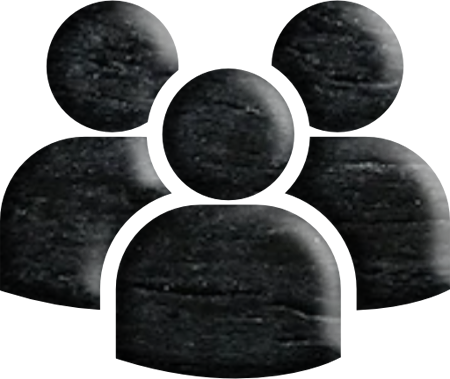For example, tool sharpness, tool vibration, and the buildup of cutting chips will all have an impact on tolerance, which is the accuracy with which a cut is made. Only a few methods can produce holes with a tight tolerance. Some threaded fasteners need a threaded hole to accept them. As the name suggests, pitch is the measurement of how far apart the threads are. As the name suggests, recessed holes are those in which the hole's top is sunken into the work piece. Fastener heads are typically trimmed so they are level with the surface of a workpiece. Counterbore and countersink are two kinds of recessed holes.
Table of Micro Machining Classifications
This kind of machining is used to cut holes in workpieces. Machines such as CNC milling machines and lathes may be used to create holes by removing undesired materials.. To make holes, drill presses and tapping machines are often used. When it comes to obtaining Container Loading Supervision Service of the required size and accuracy, drilling, wandering, and boring are all common procedures. For many activities, drilling is the first step. Hole making is typically done as part of a component's machining process, but it may also be used as a secondary processing technique for castings and forgings. When a drill bit is used to make cylindrical holes, the process is called drilling. After drilling axially into the workpiece, the bit leaves an identical-sized blind or through hole on the workpiece. It is a tool having many points, typically with a sharp tip, that is used in drilling processes.
Various Micro Machining Processes and Techniques - Common Drill Bit Sizes
The most frequently used drilling instrument is the twist drill. Repainting involves using multiple-cutting-edged reamers to complete holes or remove materials from the hole. The reamer penetrates the workpiece axially and widens the existing hole to the tool diameter during the reamering operation. It's a multi-point tool with numerous straight or spiral flutes. To produce a more precise diameter and better surface finish, reaming removes the least amount of material, typically after drilling. Production Monitoring Service involves the use of a boring rod to enlarge the previously drilled hole. Bored holes may be made larger by cutting the inner surface of an existing hole with the boring bar. Using an adjustable boring head, a boring cutter is a single-point cutting instrument.
Three-Axis, Four-Axis, and Five-Axis Micromachining
On a lathe, tapping may be performed. Based on metric and standard measurements, there are a variety of taps available to fit virtually every screw. To enlarge a pre-existing hole to be concentric with the original hole and square at its bottom, a process known as counterboring is carried out. For the bolt head, stud, and pin, this is necessary. It is possible for the cutting edge of a counter-bore (a tool for counter boring) to be either straight or helical in shape. supplier inspection services involves creating a V-shaped edge near the surface of the hole, a process called countersinking. In most cases, it is used to deburr holes that have been drilled or tapped, or to bring the head of a countersunk screw flat with the surface. Countersinks are typically made using chamfering end mills in CNC milling. Machined holes may be classified by a variety of characteristics or factors that influence the necessary hole-making processes and equipment.

